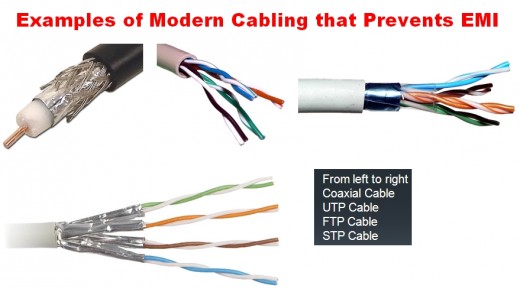Handling Cat5/Cat5e Cabling
 Information Technology specialists have to choose the kind of cable to utilize for their networks. Cat5 has been one of the main choices for decades. This is because Cat5 supports 10/100 Ethernet which includes Fast Ethernet. In recent years, Cat5e has become the dominant choice for new cabling projects. And Cat5e cable is also backwards compatible. Your computers, phone and other network devices will work on Cat5e cable.
Information Technology specialists have to choose the kind of cable to utilize for their networks. Cat5 has been one of the main choices for decades. This is because Cat5 supports 10/100 Ethernet which includes Fast Ethernet. In recent years, Cat5e has become the dominant choice for new cabling projects. And Cat5e cable is also backwards compatible. Your computers, phone and other network devices will work on Cat5e cable.
One handling issue is the electrical interference
(cross talk) that can takes place if one wire signal affects the other. Cat5e was enhanced to avoid this issue. Cat5e also has greater bandwidth which is the system’s ability to carry information. At present, it has 350 megahertz which enables it to support Gigabit (1gb) Ethernet. There are many firms with exclusive requirements for Cat5e. And we no longer use not recommend Cat5. The major reasons for Cat5e are stronger signals, added durability, and improvements in the quality of the PVC sleeves. Although Cat6 is becoming popular, Cat5e remains the appropriate choice for a wide range of data cabling needs.
Cat5e cables also call for possible modification of the electrical wiring in the walls in your office. There should be at least few inches of clearance between your cabling and the electrical wiring to avoid interference. If the run in parallel and touch, the electrical wire will give off magnet waves that can distort the data signal.
Cat5e is now the most popular choice. Although as speed demands increase, we foresee a major shift towards Cat6 and/or Cat6e cabling. Call or email us if you have a cabling project.

